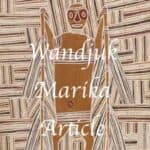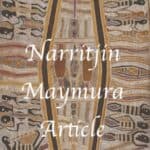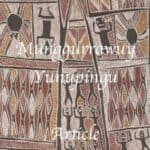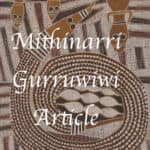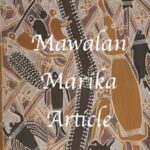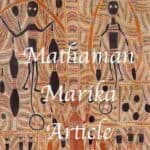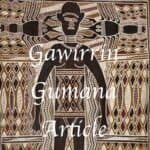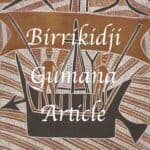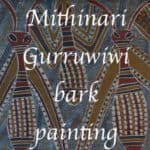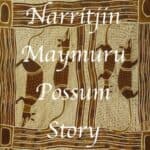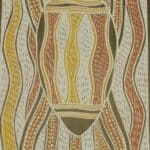Mawalan Marika Artworks
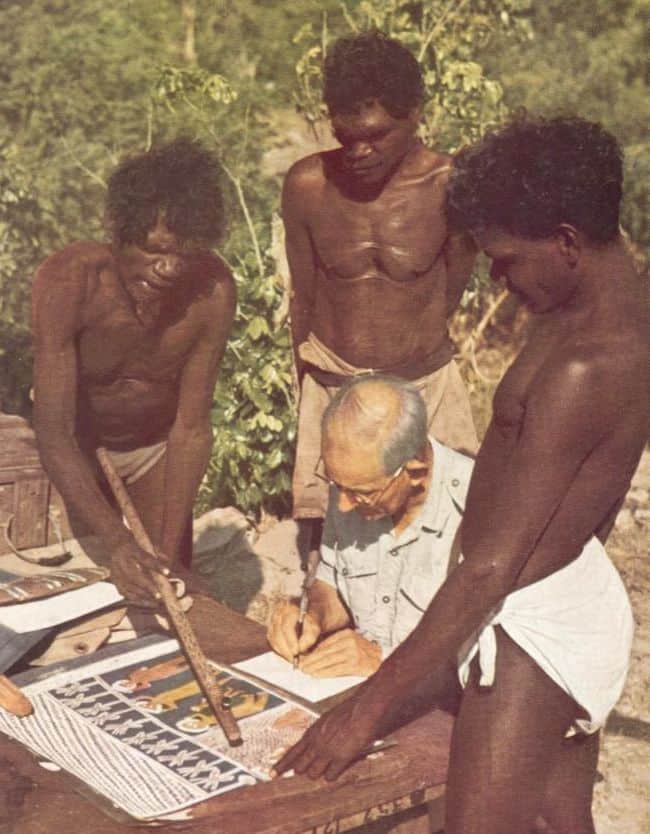
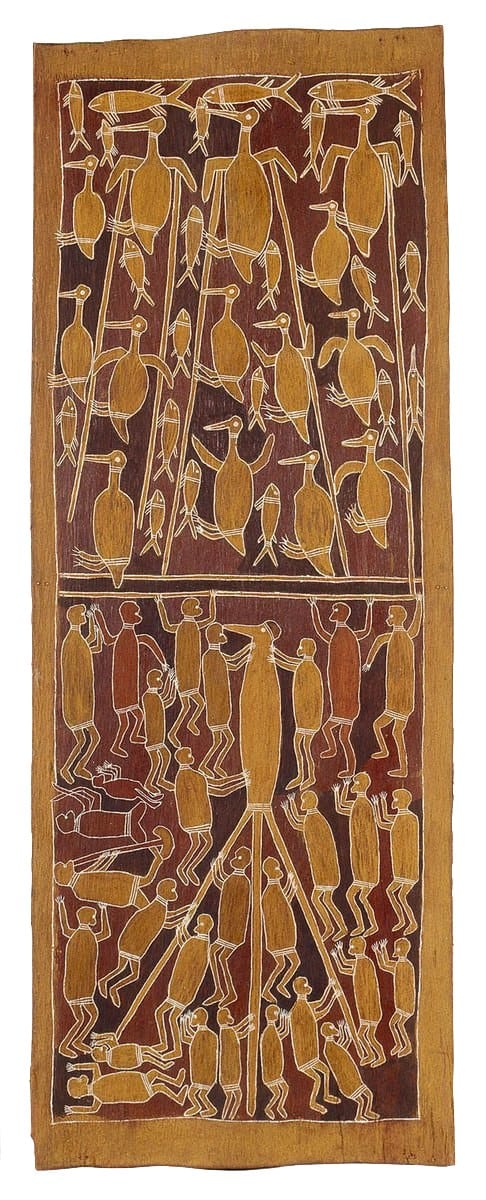
Mawalan Marika Artworks – Seagull ceremony
The painting represents the ceremonies associated with Ngurula, the seagull, and the flight of the spirit after death. Ngurula connects clans of the Dhuwa moiety together flying from one clan’s country to another. The painting is set in Rirratjingu country showing the seas between Yirrkala and the island of Dhambaliya. The top section of the painting evokes the seagulls’ determined flight across the sea. Fish swim below in the sparkling waters.
The lower half illustrates a mortuary ritual that commemorates the seagull and links clans together. On a person’s death, their is a large ceremony. The men make a wooden representation of the seagull about six inches high. The seagull sculpture attached to the head of the leader of the dances. Attached to the seagull sculpture are three lengths of bush string, made by the women, which represent the wings, legs, and tail of the seagull. Dancing men hold these strings and a sacred song is sung accompanied by a yidaki (digeridoo) player.
The longest string represents the group from Arnhem Bay and the shortest represents the Rirratjingu of Yirrkala. The seagull is a totem of the Rirratjingu group. The story of when the bird people were men in the ancestral past and then turned into birds. During the ceremony, the spirit of the dead person spirit celebrated and sent to the other side.
The songs of Ngurula are still sung in Yolngu ceremonies. Great lengths of white feather strings held by dancers in a line to join people together and mark Ngurula’s journey.
Creation of the Constellations by Mawalan Marika
To Yirrkala Aboriginal peoples the Milky Way is a river in the night sky, teeming with fish and other creatures. The origins of the creation of the Milky Way vary from group to group. According to the chronicles of the Rirratjingu, two brothers had been fishing in their bark canoe which capsized when a strong wind blew. One brother’s body washed up on the shore; the other’s sank.
The crocodile Baru went looking for food and smelled the body of the brother on the beach. The two brothers and Baru ascended into the night sky and became constellations. A group of Possum ancestors who were conducting a ceremony saw the stars and they too ascended into the heavens. The constellations formed including the ancestral Native Cat, the submerged canoe, and the Scorpion who was once a man.
Two bags of stars projecting from the Milky Way on the left are Djulpan. The triangular bag is male, the elliptical one female.
Mawalan Marika Artworks depicting the story of the creation of the Milky way are particularly popular with collectors
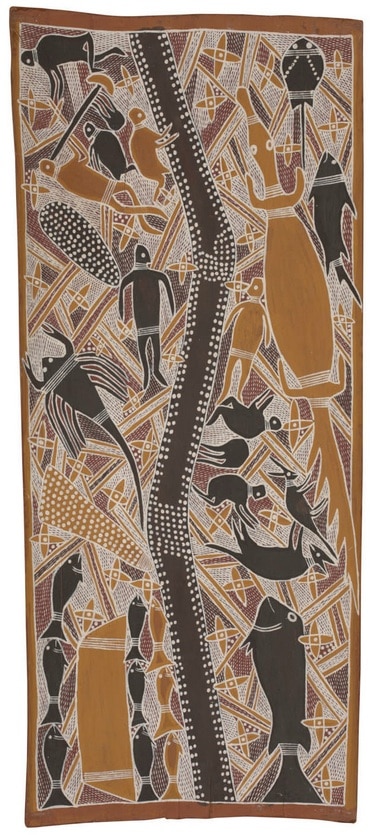
Djan’kawu Arrival of the first people
This Mawalan Marika Artwork is made up of episodic panels. Each panel an illistration from a chapter of a story
upper:
top left:
top right:
bottom:
lower left:
lower right:
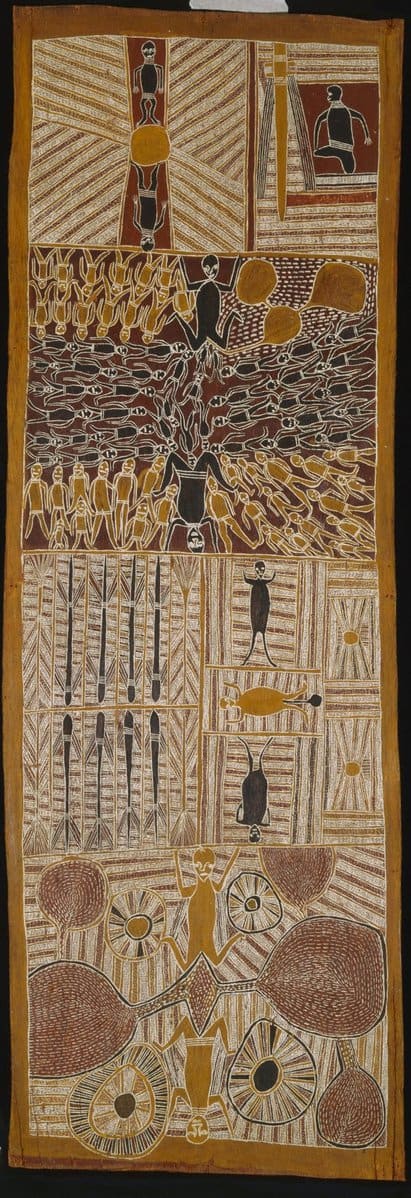
All images in this article are for educational purposes only.
This site may contain copyrighted material the use of which was not specified by the copyright owner.
All images of Mawalan Marika artworks should be considered the copyright of the Artist and his estate

